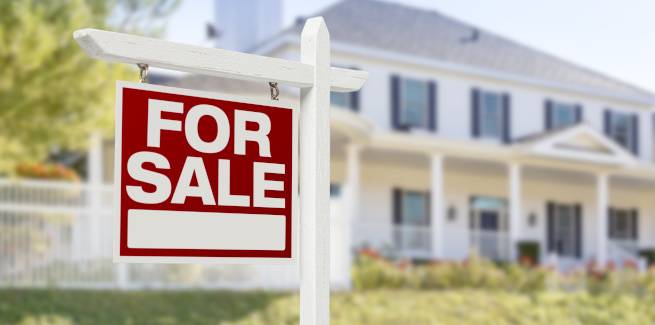Earlier this week, the NSW government announced that it will scrap transfer duty (stamp duty) for first home buyers (FHBs) purchasing newly built homes under $800,000 (previously $650,000) and increase the limit to which concessions apply to homes worth up to $1 million.
The stamp duty threshold on vacant land will also increase under the temporary changes, rising from $350,000 to $400,000 (with concessions phasing out at $500,000).
The changes will apply for the 12-month period beginning on 1 August 2020.
The tax cuts for FHBs have been welcomed by industry stakeholders, who expect the changes to have a positive impact on housing affordability, construction activity and the broader NSW economy.
However, Eliza Owen, CoreLogic’s head of research, Australia, has warned that the new incentives may have unintended consequences.
Drawing on home buying trends that proceeded the introduction of the initial stamp duty concessions, Ms Owen said these latest changes are likely to trigger “large but temporary spikes” in FHB activity.
“This suggests the incentives bring forward purchases that may have happened anyway,” she said.
“The fact that the new stamp duty discounts on offer will only be available for 12 months is likely to exacerbate this effect.”
Ms Owen said a short but sharp increase in demand from FHBs may increase property prices closer to the threshold for stamp duty concessions.
“This is because buyer competition could be increased in this segment while added incentives are on offer,” she continued.
“Furthermore, the reduced transaction costs associated with stamp duty exemptions mean borrowers have higher purchasing capacity, which may just be added onto the purchase price while first home buyer demand is elevated.”
According to Ms Owen, this could lead to a price “cluster” just under the cut-off point for stamp duty exemptions.
“CoreLogic sales volume data across NSW shows that there is a bunching of sales between the $640,000 and $650,000 price point between July 2017 and June 2020,” she said.
“$650,000 was the cut off point for stamp duty exemption for first home buyers in this period.”
Ms Owen added: “While the $650,000 price point seemed to be an anchoring point for buyers before the introduction of stamp duty exemptions, the difference in sales volumes is exacerbated after exemptions are introduced.”
CoreLogic research found that when comparing the two years before and after the initial stamp duty concessions were introduced, the number of home sales at $640,000-$650,000 was 32 per cent higher than sales in the value band below and 49 per cent higher than the band above.
“As the stamp duty exemption increases to $800,000, this could see a broader range of properties increase in value up to this level,” Ms Owen explained.
“This price inflation would be skewed towards new home builds where the discounts apply.”
Risks of a demand ‘vacuum’
Ms Owen also warned that the NSW government’s decision to extend tax relief for purchases up to $1 million could hinder sales activity over the longer term by pushing FHBs into homes beyond typical purchase point.
“Deriving the average borrowing amount by first home buyers from ABS housing finance data suggests that a typical first home buyer purchase price averaged closer to $625,000 between July 2019 and May 2020,” she noted.
“By raising the threshold to $1 million, there is more diversity in the housing stock that first home buyers can access with stamp duty discounts, particularly across Sydney where property values are higher than in other capital cities.
“But by incentivising first home buyers into a more expensive, and presumably larger home earlier in life, first home buyers may stay put for longer, in order to avoid paying stamp duty on upsizing down the line. This could extend hold periods, thus potentially reducing the amount of turnover that takes place in future.”
Ms Owen concluded by stating that the temporary changes to stamp duty would be “good news” for the construction sector but would be “limited” in approving housing affordability for FHBs.
[Related: NSW temporarily extends stamp duty relief for FHBs]
 ;
;
